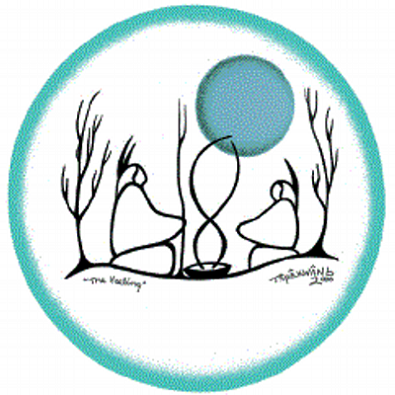All Nations Hope Network Logo. Photo courtesy of allnationshope.ca
Today is World AIDS day and the start of Aboriginal AIDS Awareness Week.
Saskatchewan’s infection rate is twice the national average, and 70 per cent of the cases over the past ten years have been in the Aboriginal community.
The All Nations AIDS Hope Network is trying to change that by using a more cultural approach to healing and by addressing the root causes of the disease.
The network just got a little boost to help it do its work. Back in October, it was informed its operational funding through health Canada would be cut by 70 per cent.
That did not sit well with C.E.O. Margaret Poitras, who has since managed to change some minds.
“I think they didn’t know what they were doing when they were cutting out some of the AIDS organizations across Canada,” she said.
Poitras says they have been given one year of bridge funding, which will be reviewed and will likely be extended to two or three years.
She says there was a lack of understanding on what the network does and how it works with other AIDS groups, getting to the root causes of the problem by dealing with things like poverty, addiction and loss of culture.
On this day of awareness, she says there is a strong message.
“As we go forward, we have to remember those that came before us and laid down those foundations,” she said. “But we also have to look at the numbers for today to see who is being impacted at far greater numbers, and how do we help those people?”
The HIV infection rate on reserves is about eight times the national average. It is most commonly spread by sharing dirty needles.
Over the past 10 years, there have been more than 1500 new HIV cases in Saskatchewan, with a thousand of them concentrated in the Aboriginal community.
Back in September, a group of Saskatchewan doctors called on the provincial government to declare a state of emergency.
